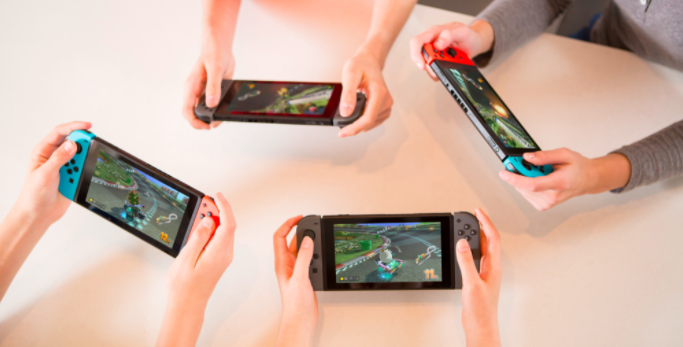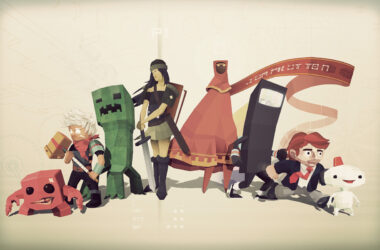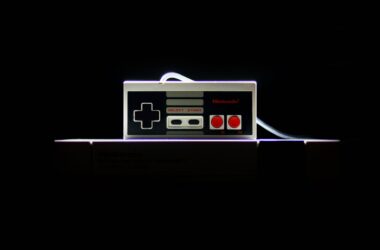the great Nintendo franchises in the past decade or so, I’ve been excited to wait for the updates the classics, and so far, The Legend of Zelda: Breath of the Wild and Mario Kart 8 Deluxe have delivered. Their older games age remarkably well, so I’m now waiting on this generation’s Virtual Console to collect all the Gamecube, Wii, and Wii U games that I skipped over.
It’s a given that Nintendo’s own first-party games will be good to great. Their continued excellence is the only reason Nintendo has lasted this long in the industry, through multiple console generations when their systems were both underpowered and lacked meaningful third-party support. The key is their ability to reproduce timeless gameplay; their games to sell millions of copies, are repeatedly repackaged and resold via the aforementioned Virtual Console store, and enables them to push out hardware—consoles and accessories—at a premium and make money on each sale1.
In the Switch, this strategy culminates in a completely portable console. The heart of it is more powerful Nvidia Shield tablet, coupled with Nintendo’s clever Joy-Con controllers that dock to each side. The controllers are deceptively powerful: each half has a refined rumble rotor, plus their own trigger button and top bumper button (L2 & L1 on Playstation controllers, respectively), plus another set of SL/SR buttons in horizontal mode. In theory, the Joy-Cons are meant to be flexible, but while each half can be used as an independent controller, their ergonomics are pretty bad. The controller halves are small, the set of available buttons are reduced2, and Nintendo provides these flimsy plastic sleeves that try to make the recessed SL/SR top buttons usable. All in all, the idea of breaking a single controller into two is novel, but its implementation is flawed in a multitude of ways.
As to the tablet itself, it’s not as high-resolution as some of the high-end phones and tablets3, but is still substantially better than every other portable console that came before it. It does have a set of unsightly vents on the side and has a battery life of only 3+ hours when gaming, but these tradeoffs are in-line with the best portable devices.
The key question is whether the Switch could work as a portable gaming device, recreating the console-games-on-the-go setup that the PS Vita never quite fulfilled. So far, signs are positive; whereas the Vita tried to shrink lengthy cinematic games like Uncharted to a handheld, the Switch has focused on games that have short playing sessions: Mario Kart, 1-2 Switch, and Super Bomberman4. Even Zelda—easily a 40–50-hour adventure—is designed so that the player makes conclusive progress even if they play for 15–20 minutes.
And it may be simply that the Switch will work because it’s the only place to play Nintendo games. Like the Wii, the Switch has been sold out ever since its launch, but unlike the older console, the Switch is not reliant on a fun pack-in tech demo to sell and should appeal to the more traditional gaming crowd. In our household, the Switch’s appeal lies in the simple, family-friendly, easy-to-pick-up multiplayer games that Nintendo is so great at producing. If that’s all we get out of this console, that’s still worth the (high) asking price.
For other console makers, the standard strategy is to research and develop powerful hardware and sell it at a loss, making up the difference in games at a higher margin. The razor blade business model.↩
Games specify which controller configuration they support, e.g., Zelda only works with the full complement of both Joy-Cons and all 14+ buttons.↩
Lower screen resolution means less pixels rendered, which means less powerful CPU/GPU needed and ultimately better battery life.↩
That said, Bomberman is not a good game.↩



